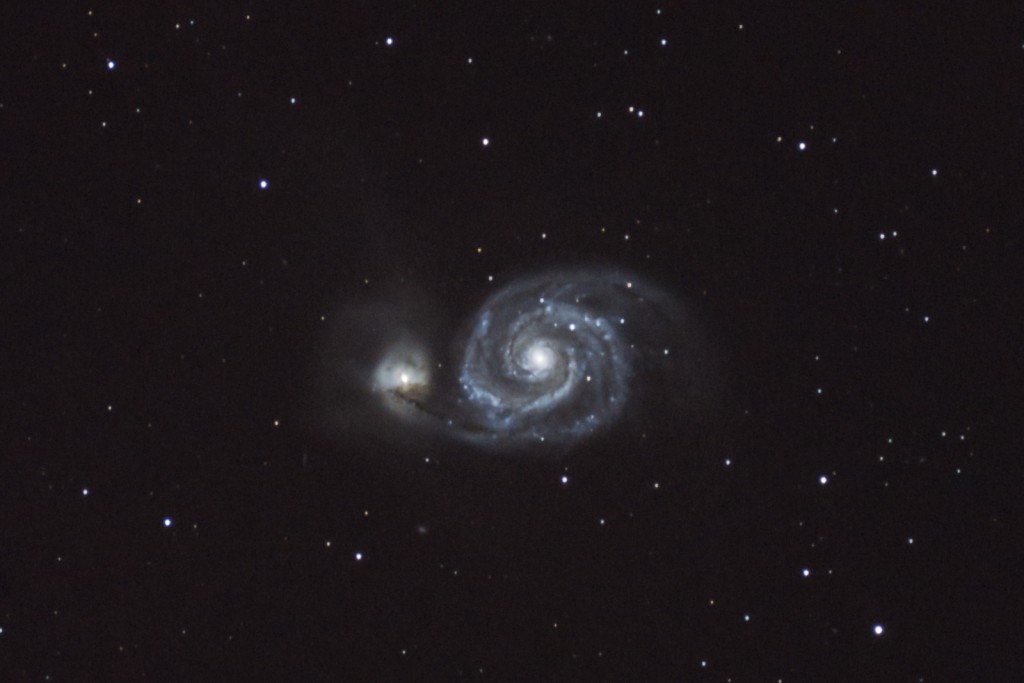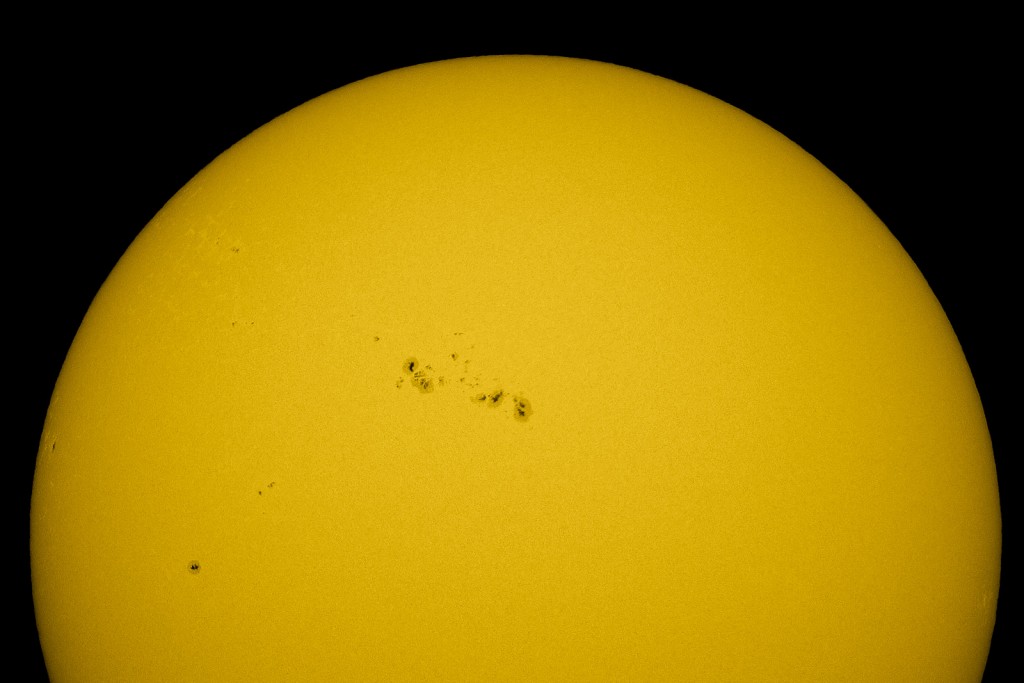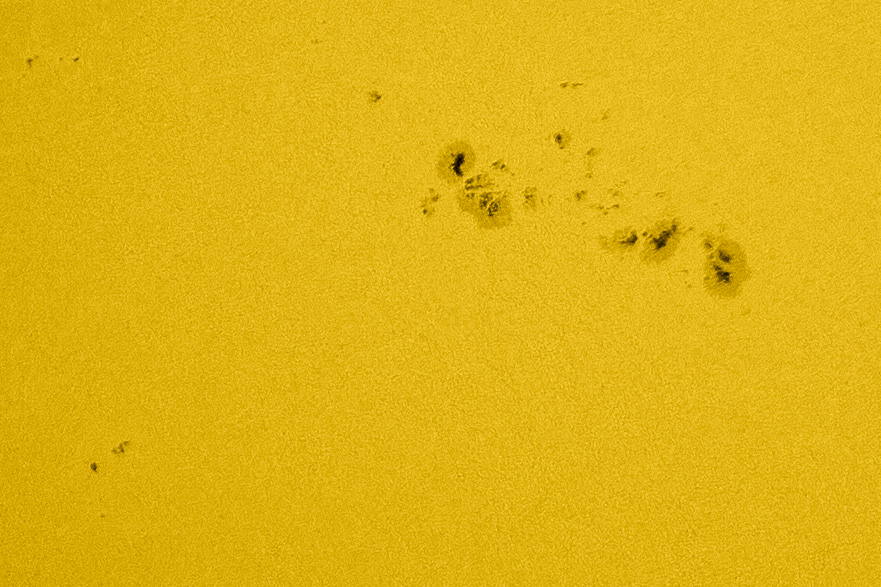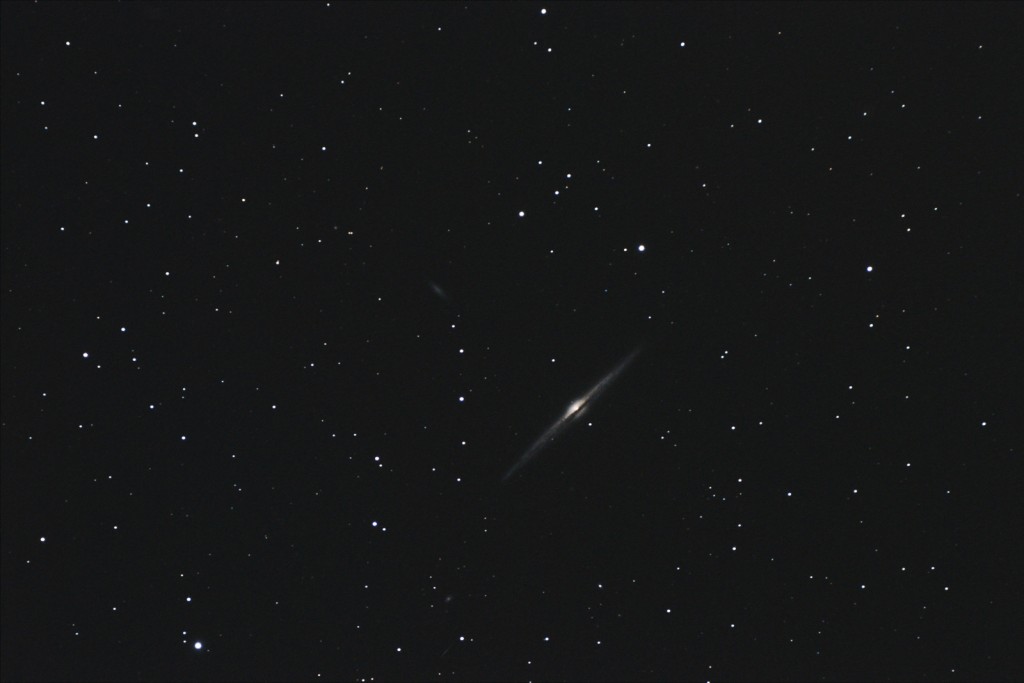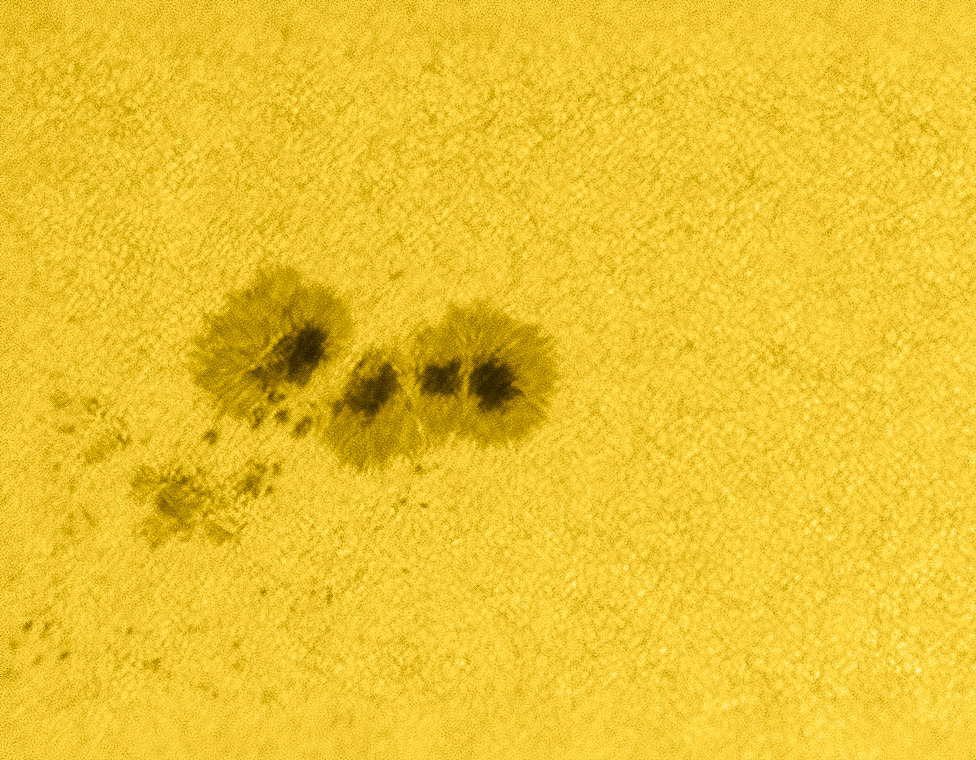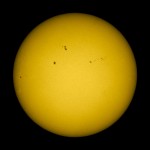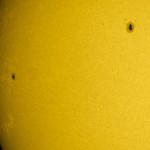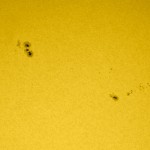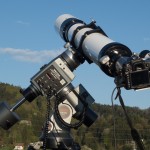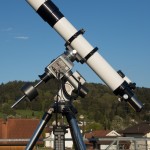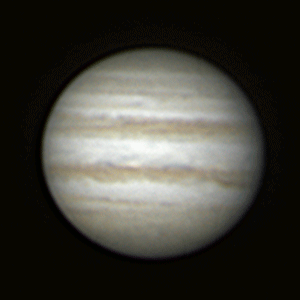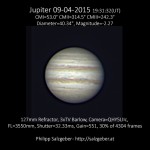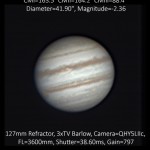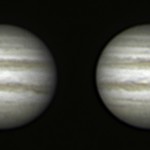M13 and M3 are two very fine globular clusters visible in the spring sky:
Author Archives: philipp
M51 the Whirlpool Galaxy
After a long spell of clouds of rain, on sunday evening I took advantage of a few clear hours to get some more data on M51. This image is a combination of raw images from April 20th and May 10th. The total exposure time is now at 64 minutes.
Active Region 2339
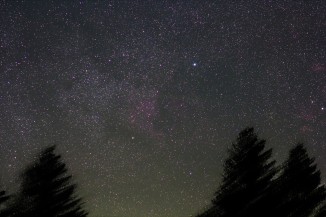
First light with the Canon EOS 60Da
The VAA, my astronomy club acquired a Canon EOS 60Da for astrphotography together with a Samyang/Rokinon/Walimex 85mm f/1.4 lens, here are some first results. Accidentially I forgot to use the RAW setting, therefore all images were acquired as JPEG… Read More
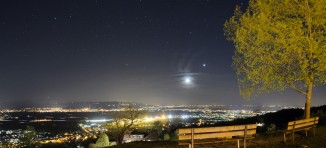
Moon Venus Conjunction – 21-04-2015
The Moon, Venus and Aldebaran were grouped nicely in the evening sky above the Lake of Constance on April 21st 2015: Read More
Springtime Galaxies NGC 4565 and Markarian’s chain
After I acquired the 127mm refractor I was on the search for an affordable mount suitable for astrophotography, serendipitously I learned that my astronomy club is in the possession of an old but working Meade LXD 650 mount. It turns out, the LXD carries the refractor quite nicely, here are the first images shot with that combination:
NGC is a long time favourite of mine, the galaxy is beautiful in the eyepiece as well as in pictures:
Sunspot close-up 2015-04-19
The sky was beautifully clear today, so I decided to try out the QHY5-II camera on the sun:
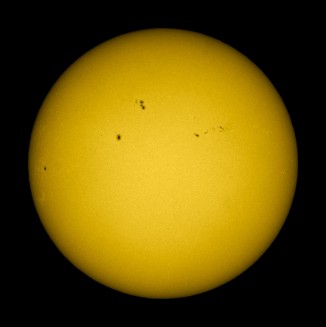
Sunspots 2015-04-18
Today the sun had some nice sunspots and offered a good opportunity to test the new mount I have on loan from the VAA, my astronomy club.
Planets
In 2015 I got a planetary camera for my birthday, so I started taking pictures of Jupiter again. I am still very much working on refining my processing workflow, therefore the images turn out quite different each time…
Jupiter 2015
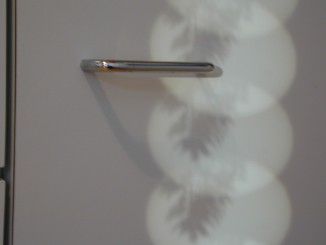
Solar Pinhole Observations
Most people don’ t realize that the bright spots below a tree in the grass are actually images of the sun formed by small holes created through overlapping leaves in the tree’s branches. Because the sun is a sphere, the images are also circular (depending of the angle of the surface).
A similar situation occurs when the sun shines through the small holes in blinds – round images of the sun are projected against the foor or wall. The images become interesting when the sun’s disk is obscured by something, e.g. the moon during a solar eclipse or trees when the sun is rising or setting on a wooded horizon. Read More

